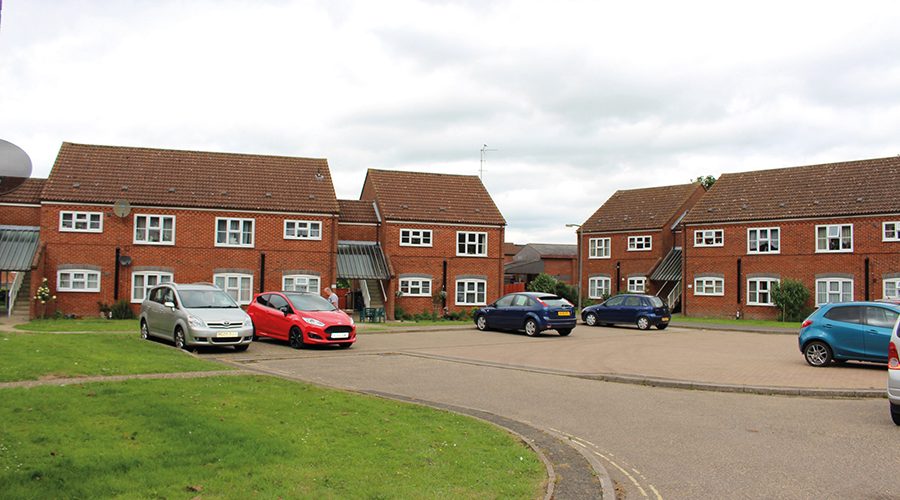Guy Ransom, Commercial Director of Norfolk-based renewable heating expert Finn Geotherm, comments on the latest report from the Committee on Climate Change (CCC) ‘UK Housing – Fit for the Future?’, which has headlined that there will be no new homes on the gas grid by 2025 to help achieve a reduction in carbon emissions.
Finn Geotherm
We’ve read with interest the latest report from the Committee on Climate Change (CCC) ‘UK Housing – Fit for the Future?’ The document questions whether housing stock is adequately prepared for the challenges of climate change, in both reducing emissions from UK homes and also in ensuring homes are adequately prepared for the impacts of climate change.
Once again, the CCC is highlighting just how far off meeting our carbon emissions we really are and the steps needed to make a difference. We need to cut the energy used for heating existing buildings by 15%. The target is big but having looked at the report in more detail, the recommendations are doable. It does, of course, require changes, some of which are very significant, in order to make a difference but we have to act – and we must start now.
The headline taken by many from the CCC report is no new homes on the gas grid by 2025. In an age where new technology exists – and has done for many years – there is no reason why gas should need to remain the first choice for heating our homes. There are alternatives to gas and these need to be put firmly in our mindset when it comes to thinking about heating. Whether new homes are to be privately owned or social housing, we have an obligation to provide the most energy-efficient and low-carbon systems available.
Retrofitting heat pumps in existing properties is where the greatest impact can be made on tackling emissions. We’ve installed more than 600 heat pump systems in properties of all ages, shapes and sizes. There really is no limit to the type of building that can have a heat pump – the key is simply to ensure the heat pump specified will meet the heat demand and that it has the correct heat emitters (radiators) to be able to release the heat generated.
The CCC recommends the introduction of district heat networks for existing homes. But why stop there? District heat networks (district heating) are particularly well suited to new housing estates too where streets of houses can all receive their heating and hot water from one communal heat pump. It’s the norm in countries like Finland – and should be the same here in UK homes. Retrofit or new build, every housing estate could run off a heat network.
We agree wholeheartedly that there is a skills gap created by the chopping and changing of UK Government policy. As a renewable heating installer, we have been affected by this. The uncertainty of the Renewable Heat Incentive (RHI) has meant we have been unable to fully commit to investing in new staff and training. The RHI is set to end in April 2021 and may have a significant impact on the future growth of our business. The industry needs certainty.
The nation needs certainty when it comes to finance and funding too. How can builders and homeowners be expected to commit to installing renewable heating systems and making energy efficiency improvements when current government funding is set to end? The uncertainty around the RHI after April 2021 is, and will continue to have, a detrimental effect on consumer confidence and the ability to pay for systems such as heat pumps which are more expensive upfront than conventional boilers.
The targets may seem challenging but they aren’t out of reach. We can make changes to have a real impact. Climate change won’t wait – why do we?










